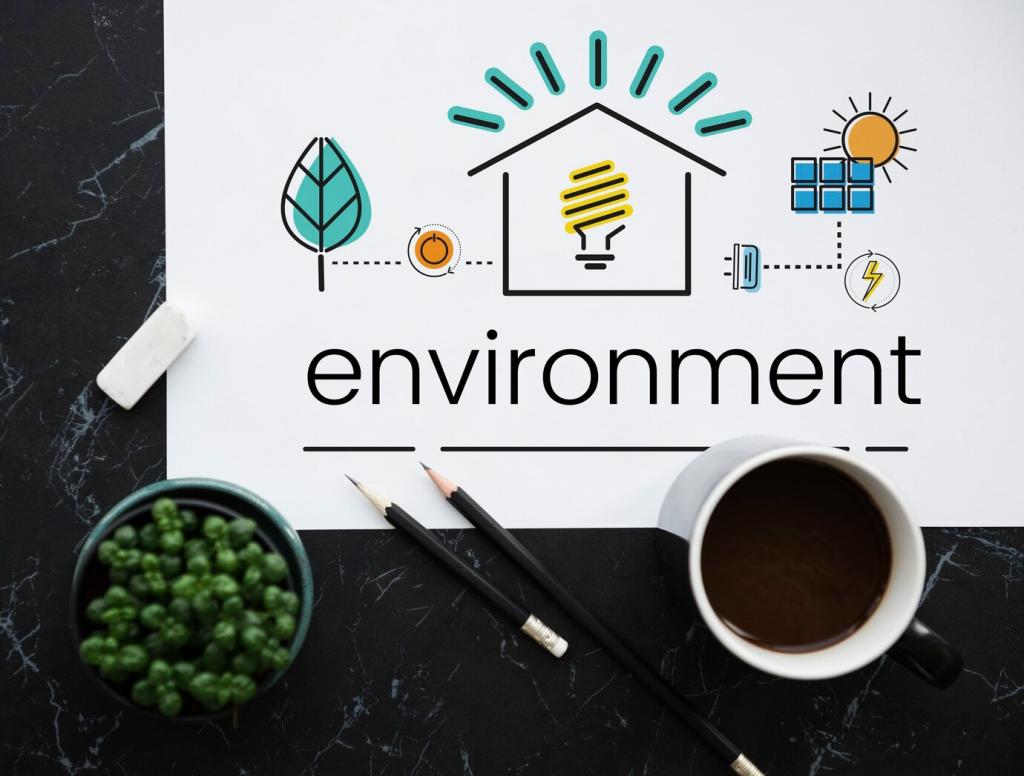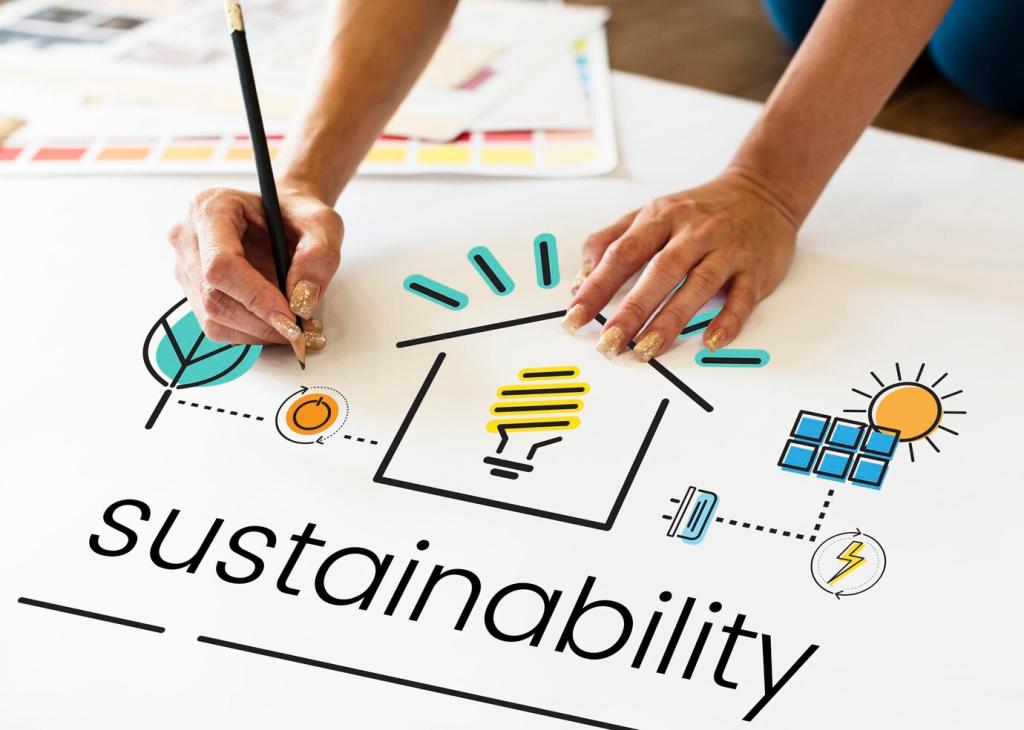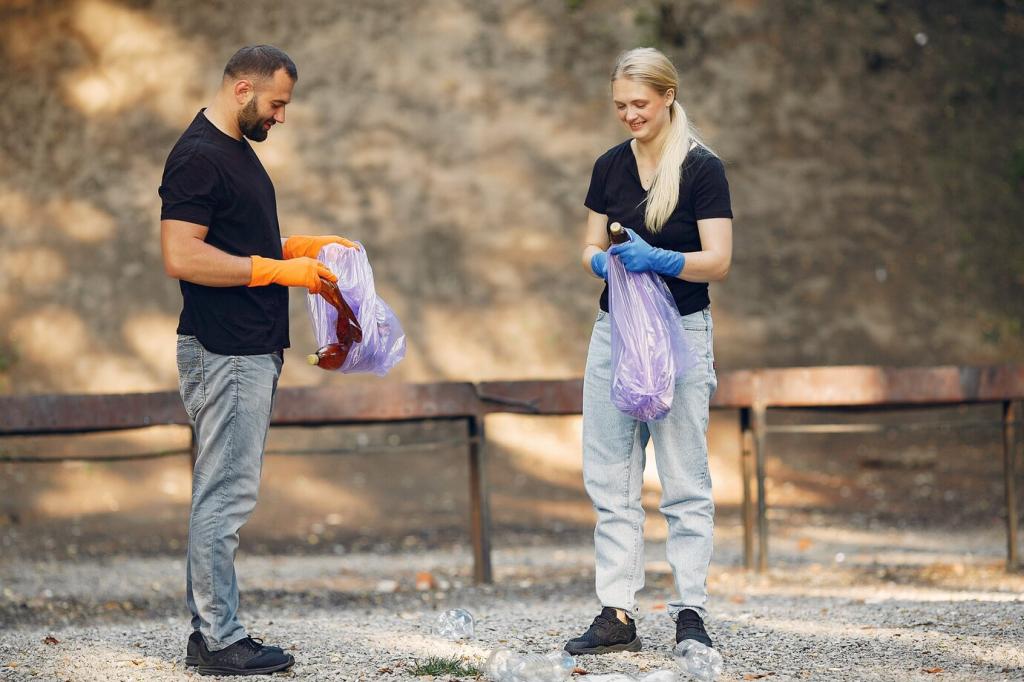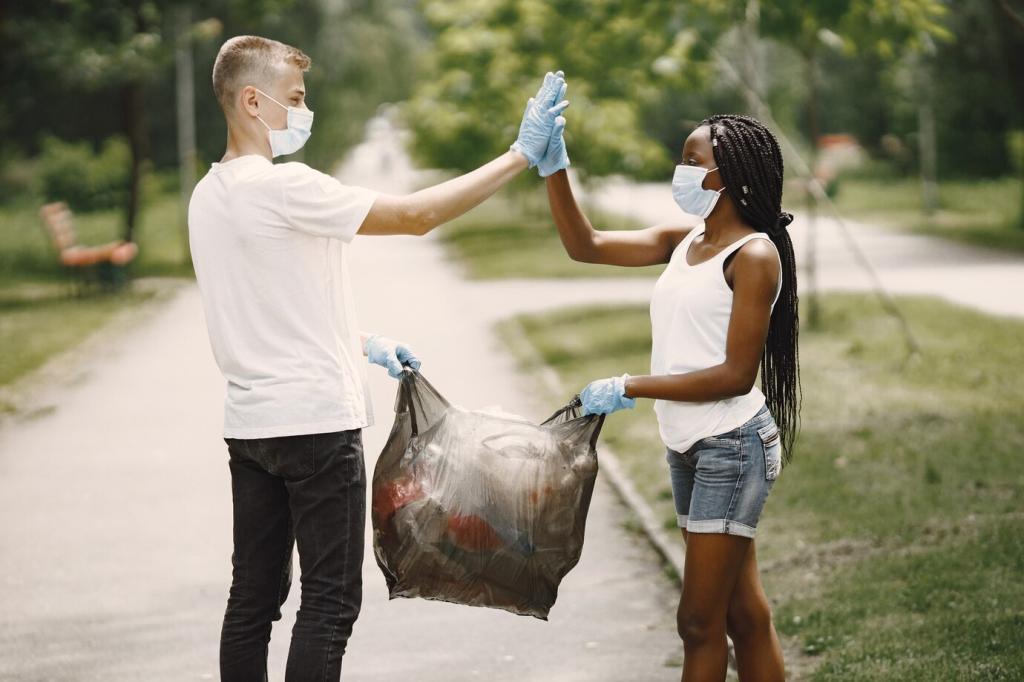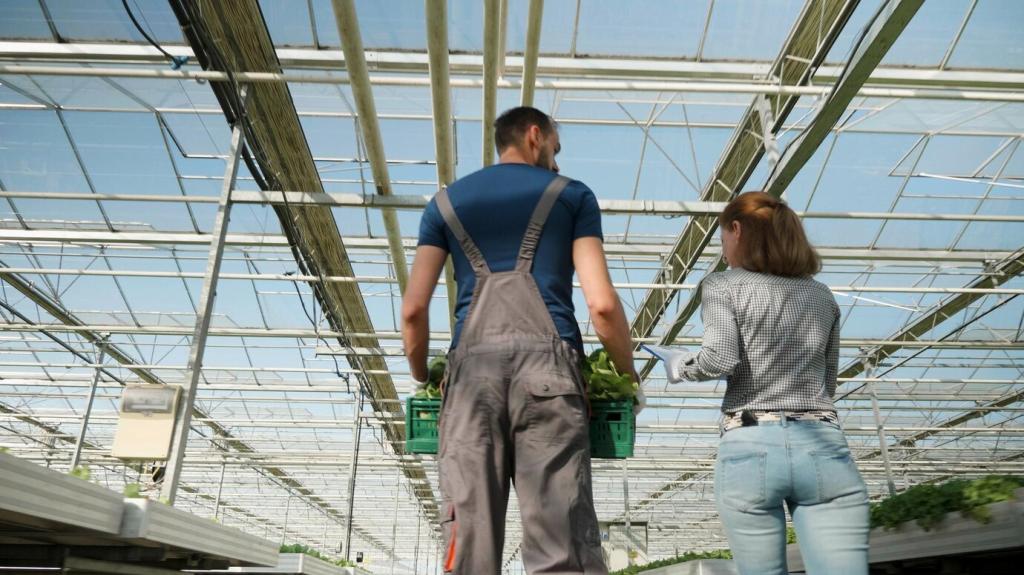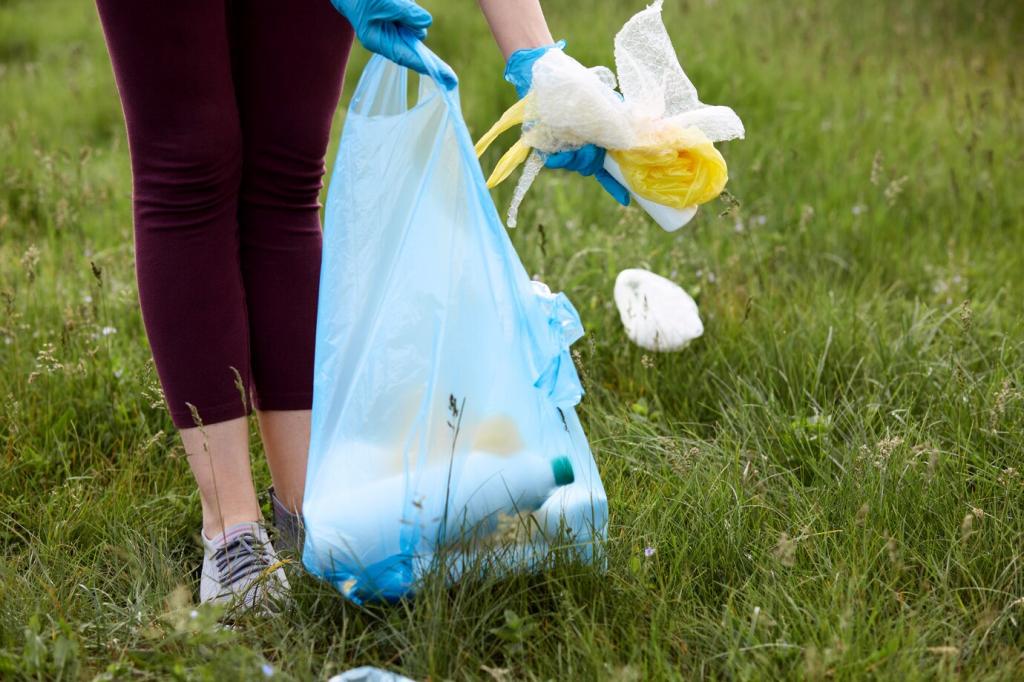Techniques to Save More, Waste Less
Place a damp cloth over a dent and apply a hot iron briefly. The fibers swell back, preserving thickness and details. Less sanding means less dust, fewer abrasives, and a truer original surface.
Techniques to Save More, Waste Less
Use grain-matched dutchman patches and careful veneer dutching rather than replacing whole panels. Small, precise repairs respect the piece’s story and drastically cut new material use and finishing time.
Techniques to Save More, Waste Less
Soak rusty screws in a mild citric acid bath, brush gently, then wax to protect. Clean brass with a gentle polish. Keeping original hardware retains authenticity and reduces the demand for new metal.
Techniques to Save More, Waste Less
Lorem ipsum dolor sit amet, consectetur adipiscing elit. Ut elit tellus, luctus nec ullamcorper mattis, pulvinar dapibus leo.

